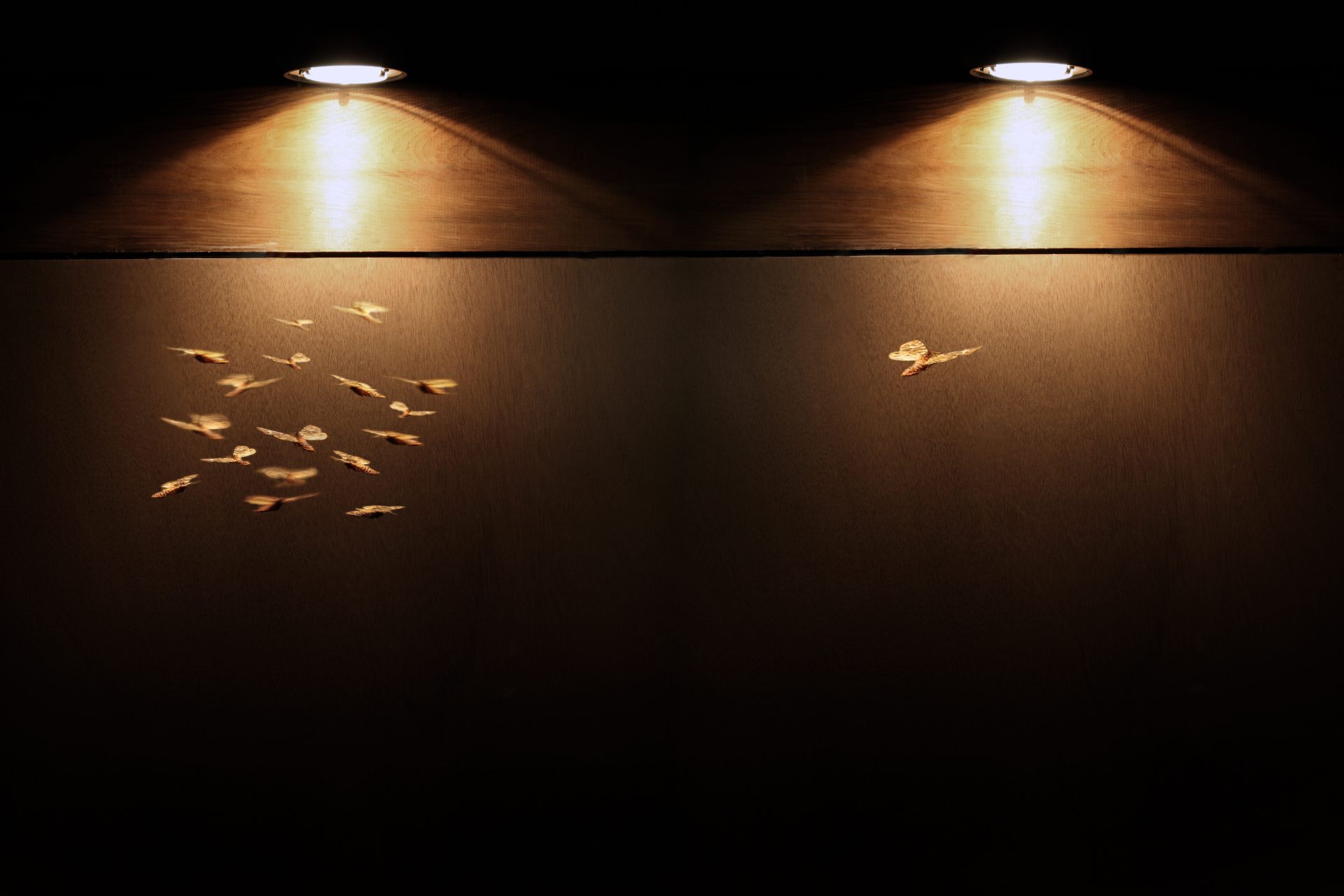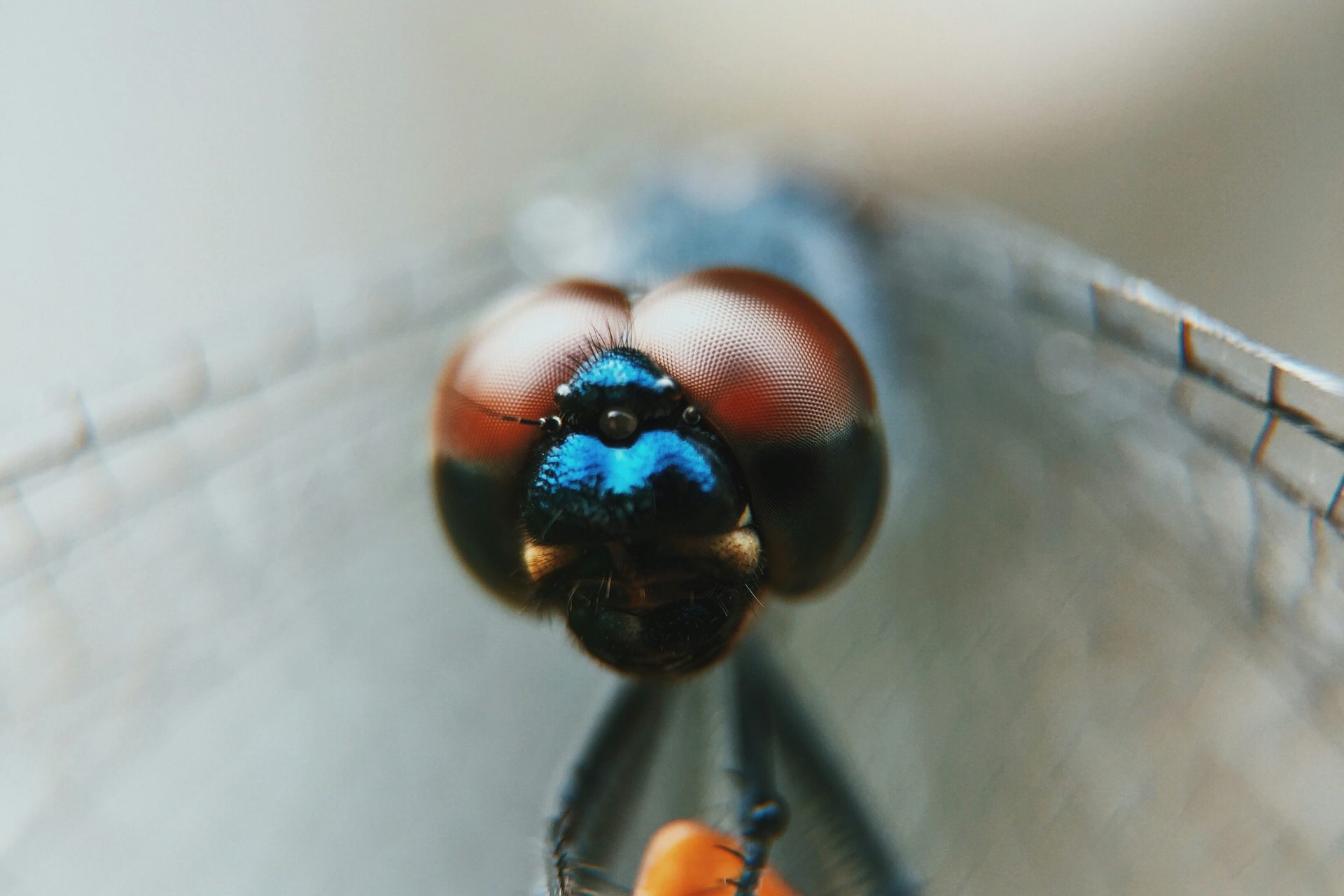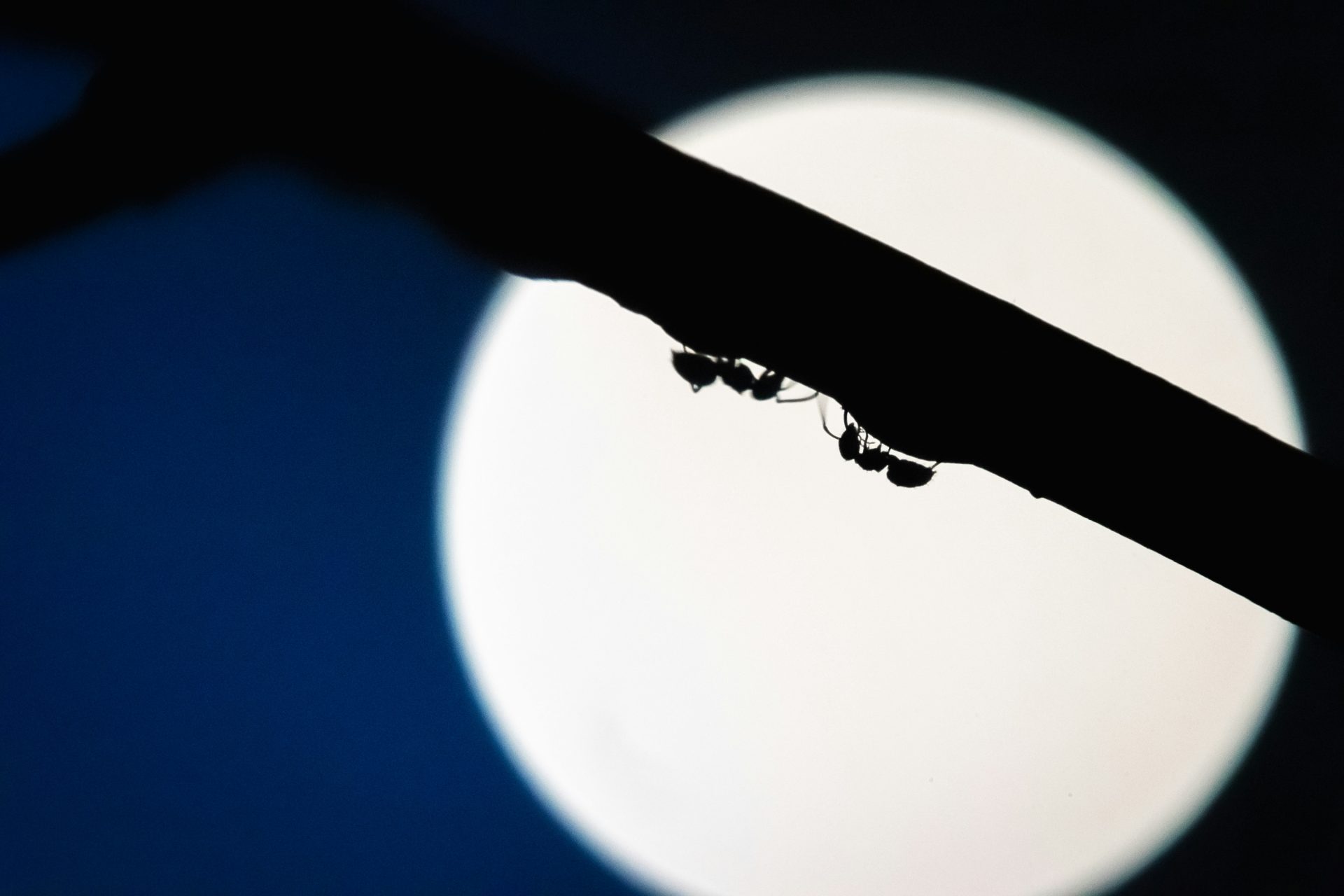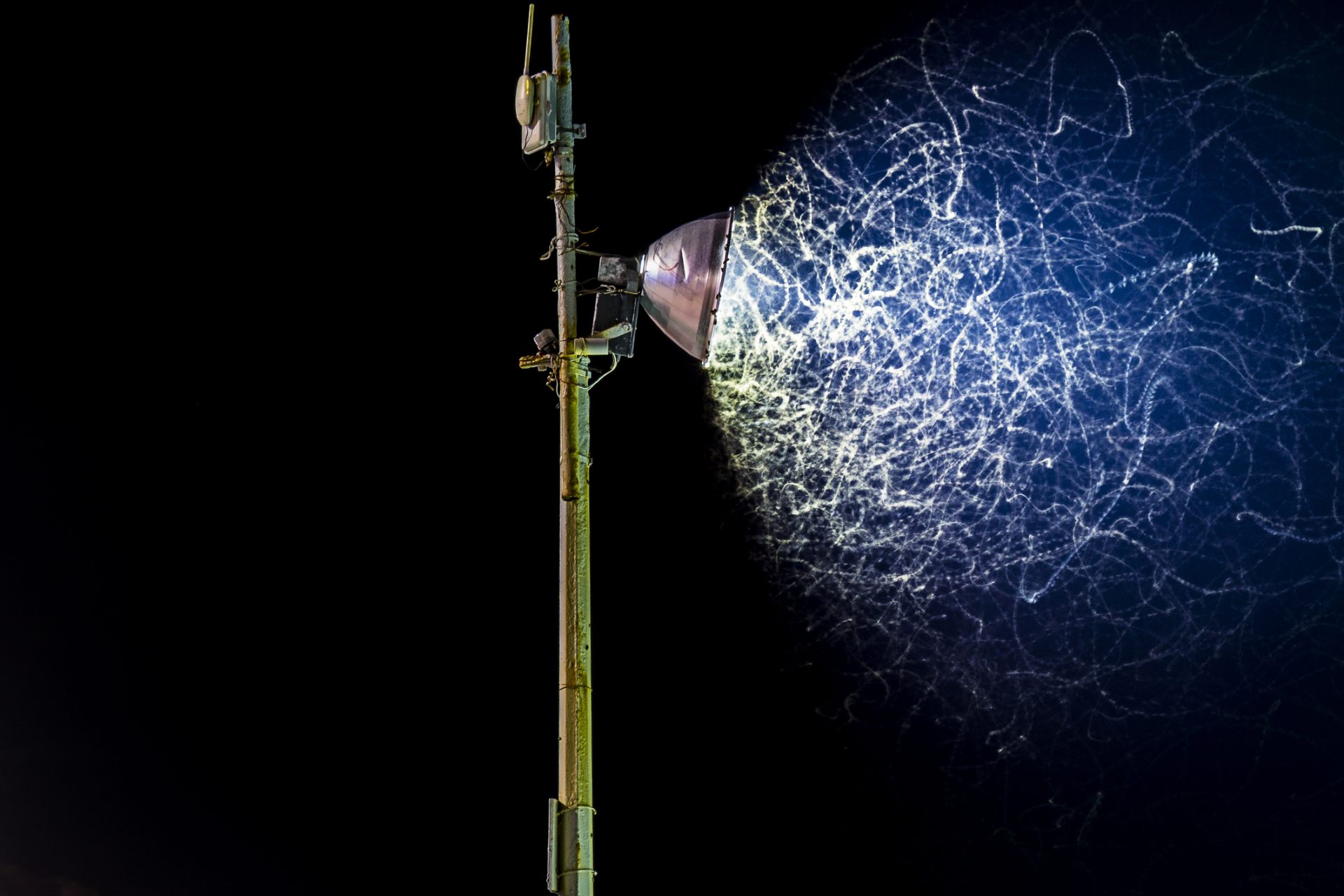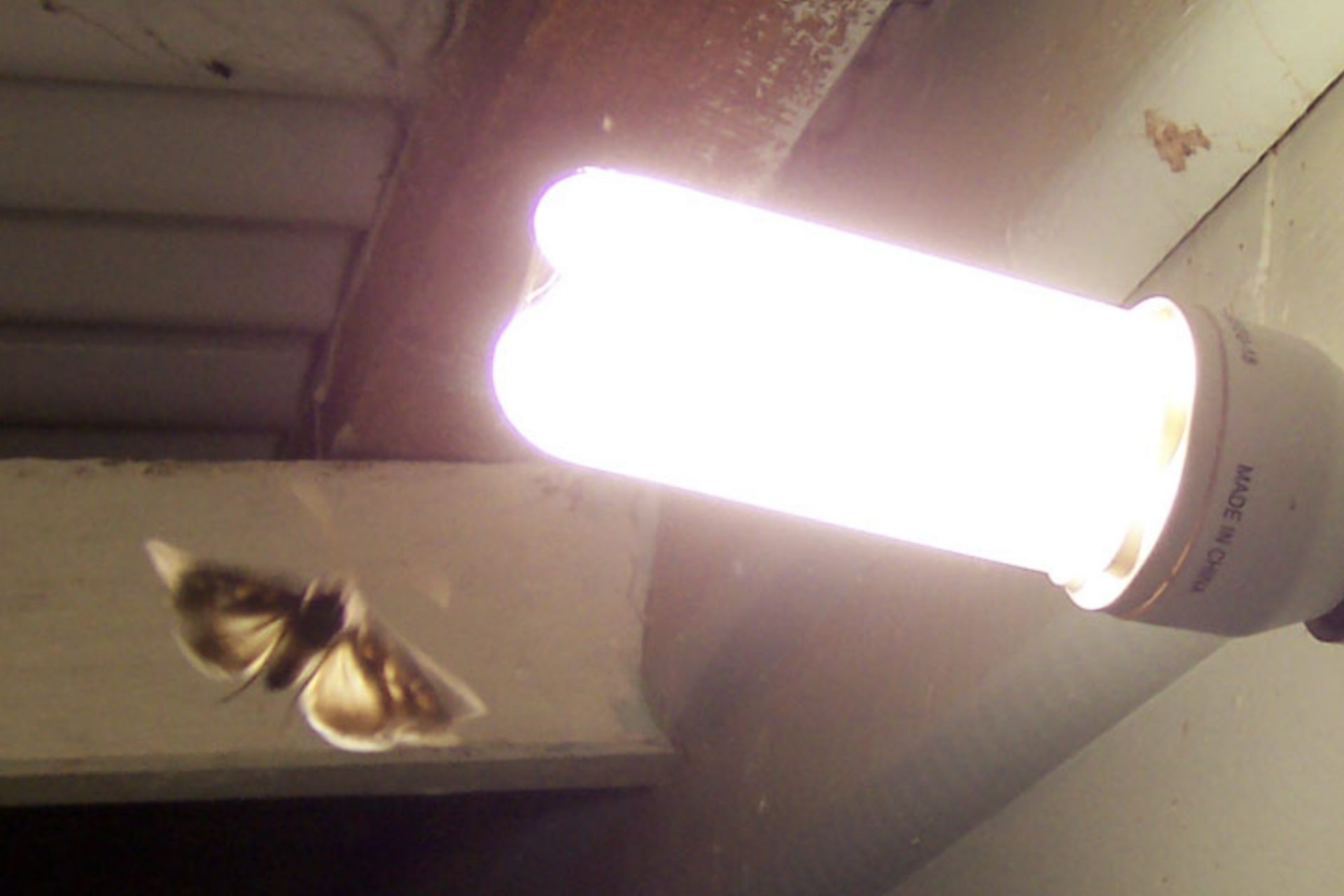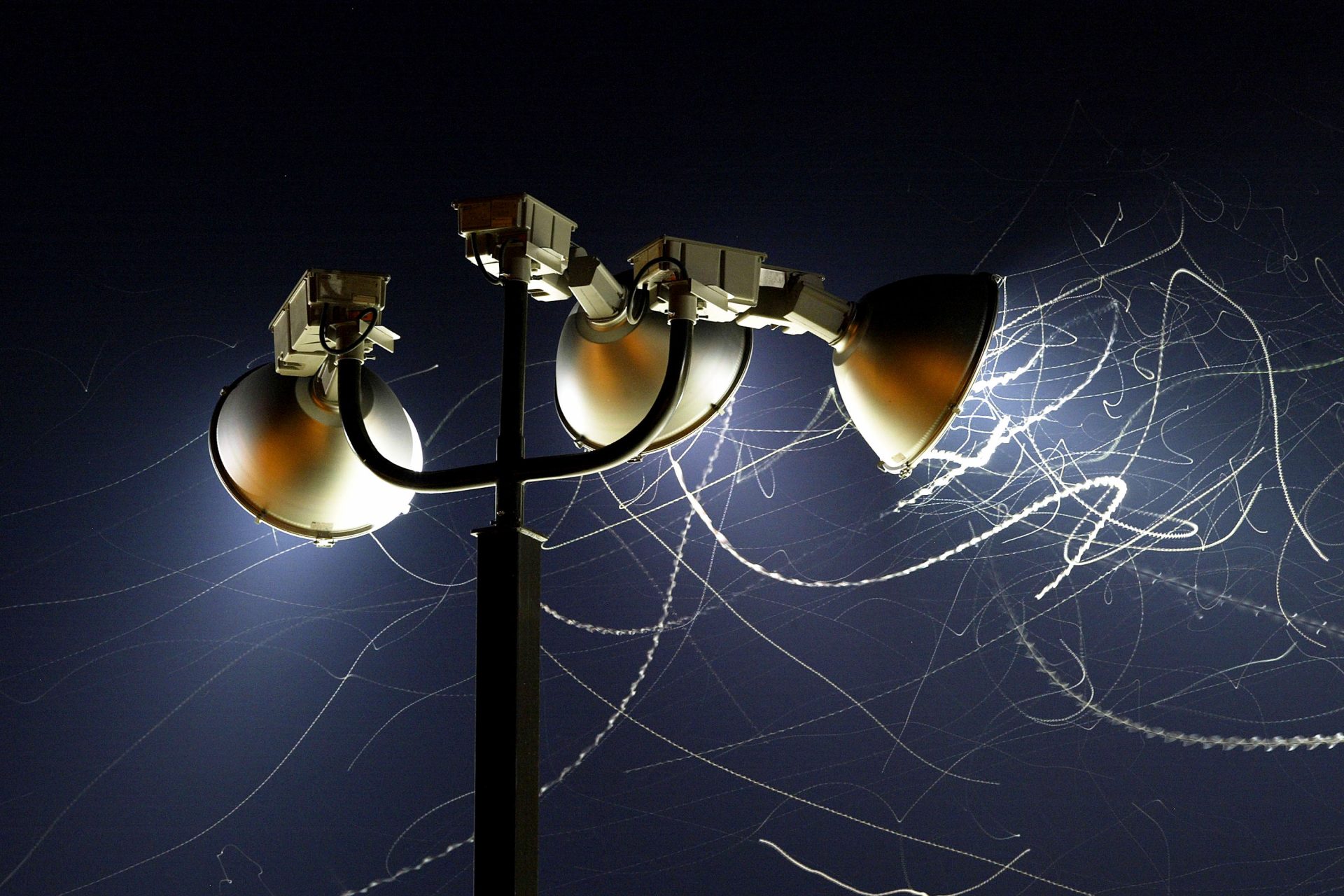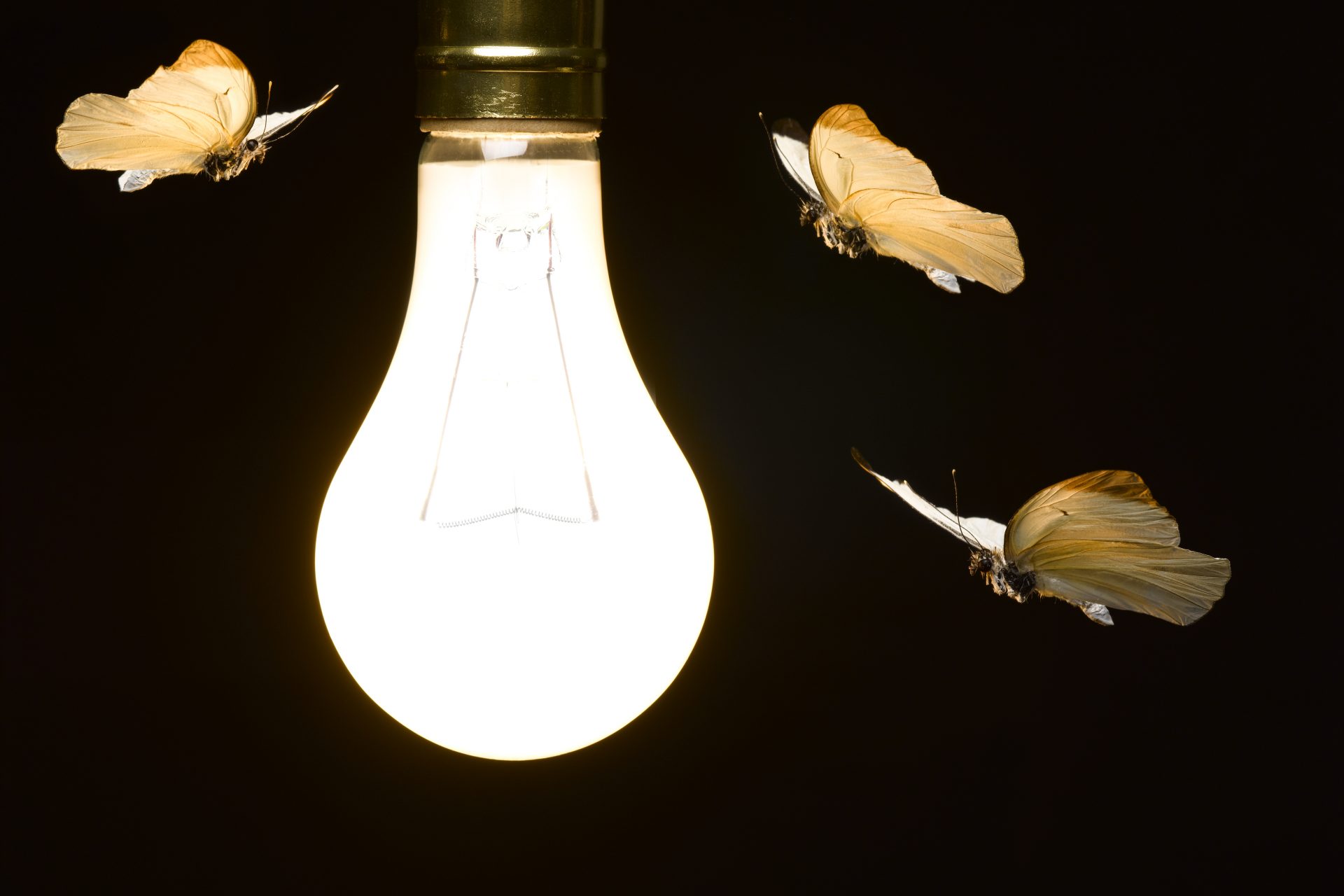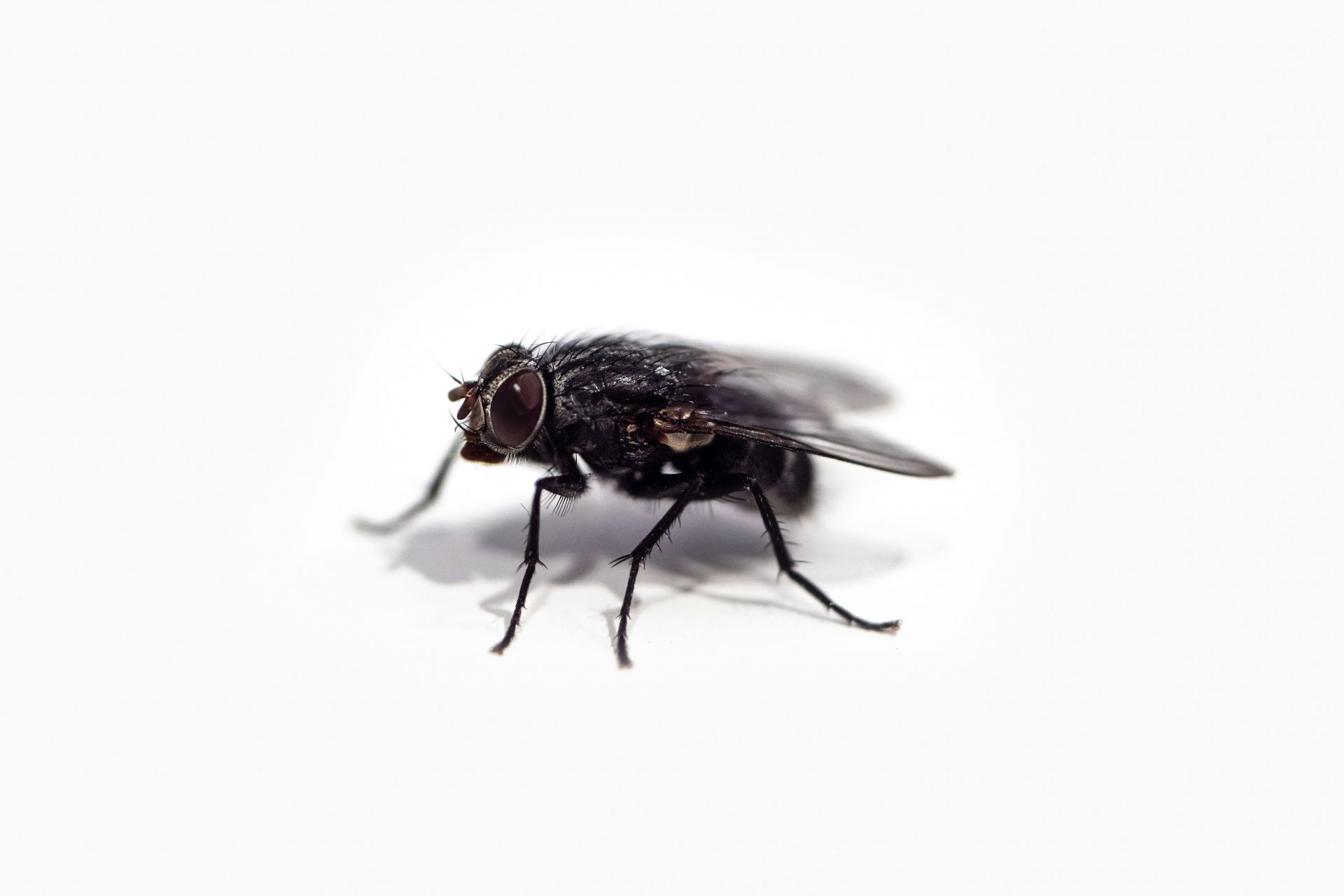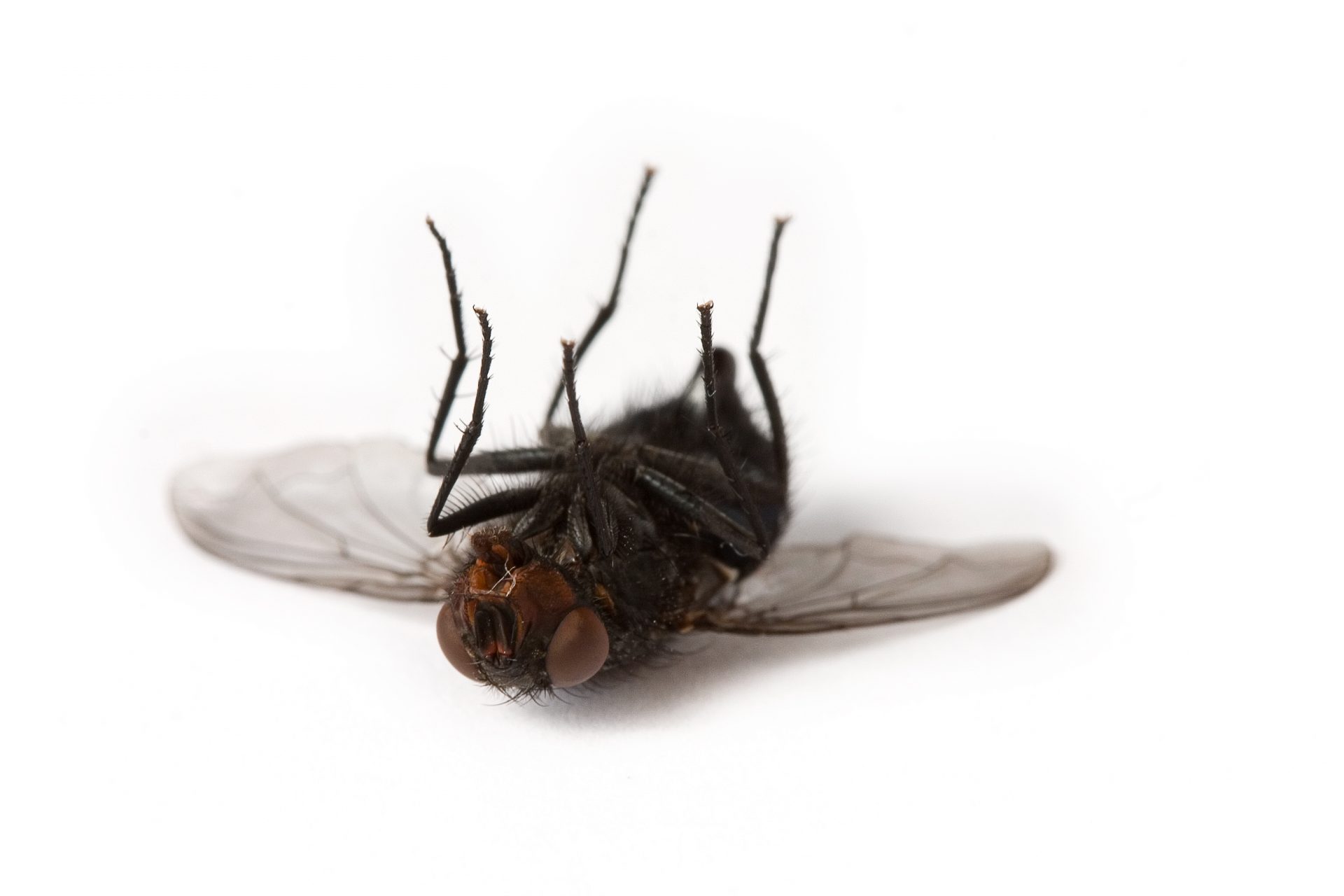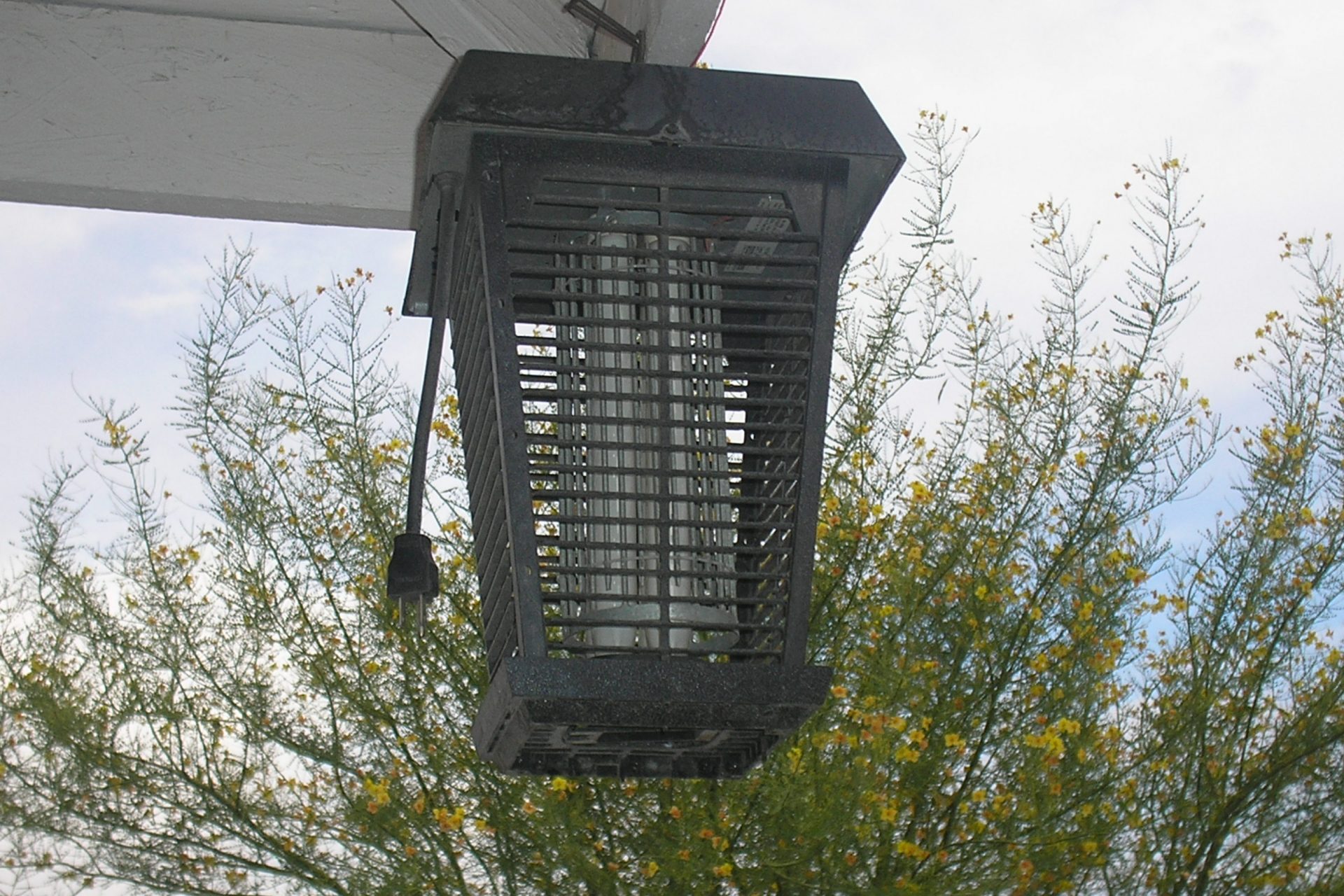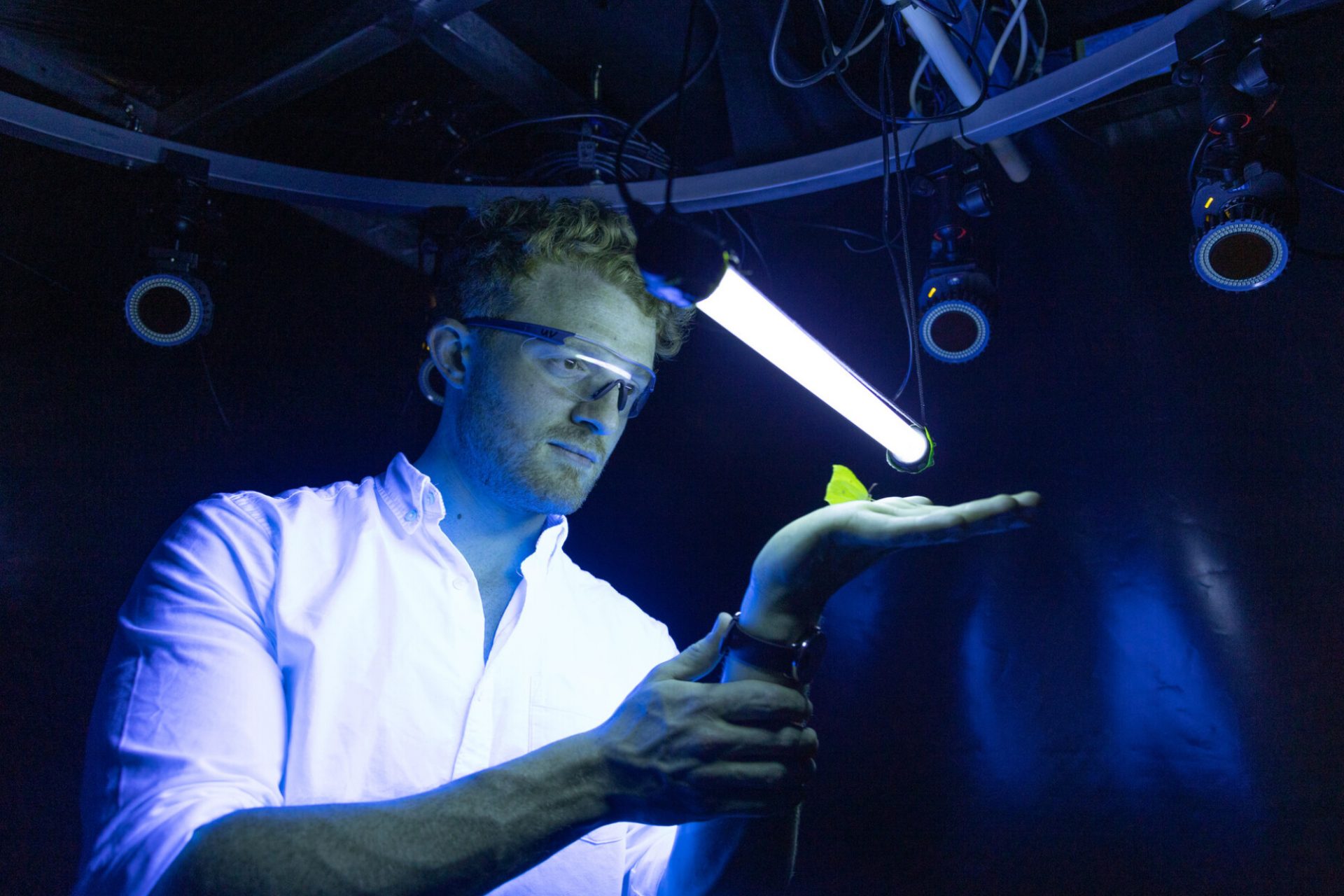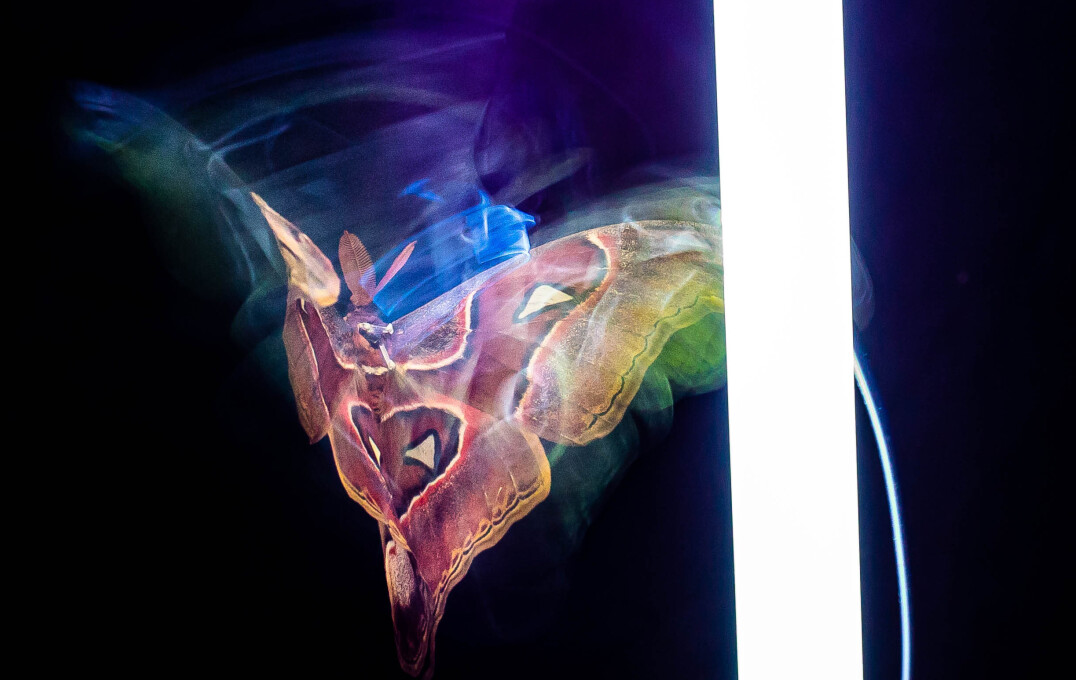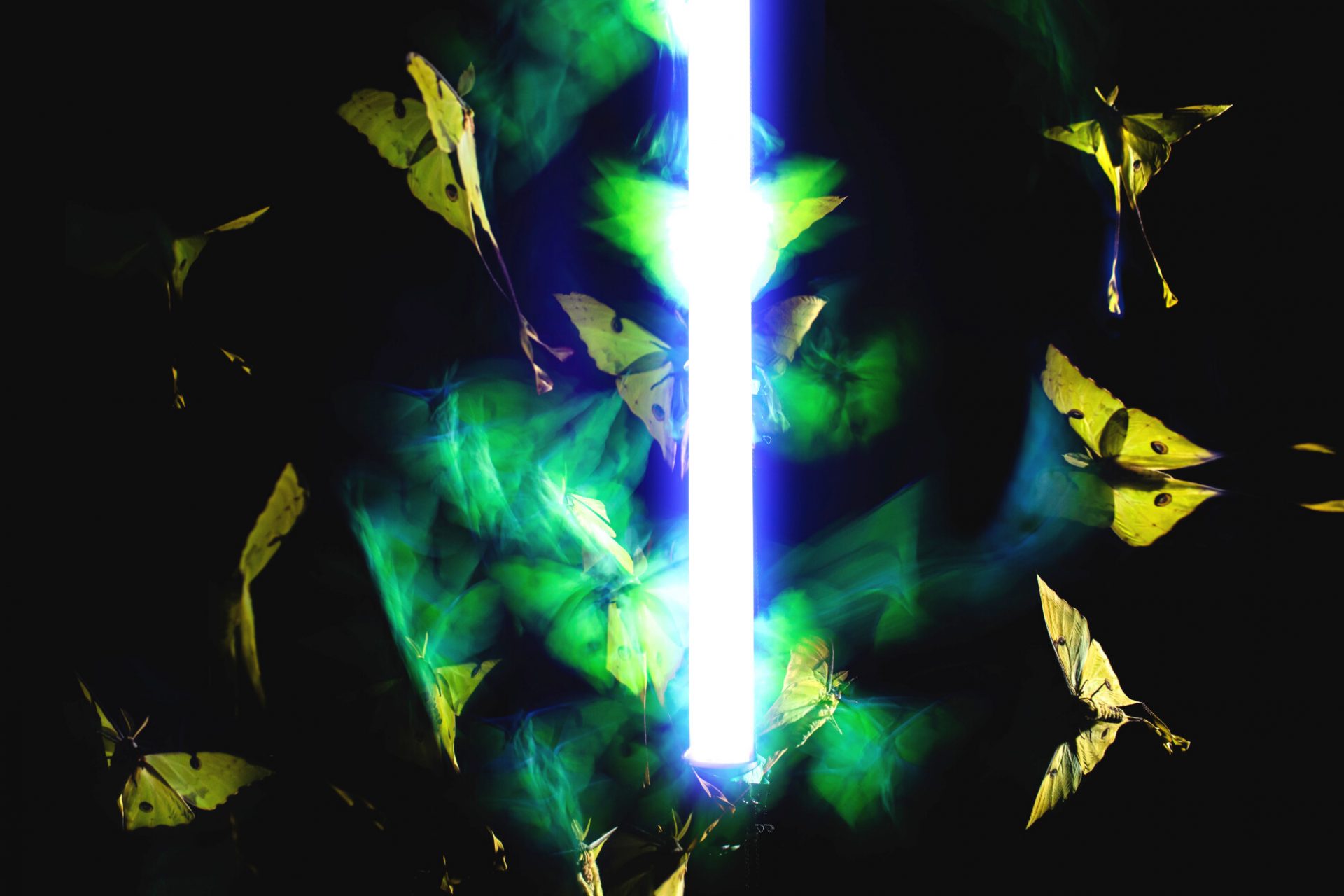Research reveals truth behind the biggest mysteries about bugs
Bugs are weird, and they do a lot of weird things. One of the most interesting aspects of insect behavior is their unyielding desire to smash into a bright light in the dead of night. It’s something scientists could explain until now.
Don’t get us wrong. Researchers have proposed all sorts of hypotheses for why insects are attracted to light but there hasn’t been any actual proof to back any of the proposed hypotheses according to Scientific American.
Never miss a story! Click here to follow The Daily Digest.
One explanation holds that nocturnal insects follow an instinct to move toward the brightest light in their field of vision, mistaking the light for the sky, whereas others suggest the behavior is to help bugs get warm.
Photo by Alex Perez on Unsplash
“The most popular theory, though, was that insects were confusing lights with the moon or other celestial bodies that they normally use to navigate with,” wrote Rachel Nuwer of Scientific American. But there are other weird theories.
Photo by Greg Rosenke on Unsplash
Another possible explanation for why bugs are attracted to light is that they get blinded by it, which might explain why they’re always circling a light at night and crashing into it randomly. But none of the explanations had proof.
However, the last explanation might have been onto something and now there is proof to back up a new theory that reveals artificial light confuses insects and scrambles their ability to properly orient themselves to their horizon.
Photo Credit: Wiki Commons By Fir0002, CC BY-SA 3.0
That’s right, fake light is acting as a kind of bizarre jammer that confuses what's up and what’s down for an insect. This is what’s causing insects to confusedly fly in circles and continuously crash into artificial lights at night.
A new study published in the journal Nature Communications revealed the mystery and its authors were able to make more than just one groundbreaking discovery about bugs and article light. It turns out that light direction also matters.
Upward-facing lights or just bare bulbs appeared to be the worst offenders for confusing bugs based on experiments carried out by researchers. But shrouded or shielded light could offset the negative effects a Florida International University news release noted.
The researchers also speculated that the color of artificial light, think its coolness or warmness, may also have an impact on bugs. But the reason for what draws them to artificial light, especially from long distances, remains a big mystery for now.
Photo by Johannes Plenio on Unsplash
“Contrary to the expectation of attraction, insects do not steer directly toward the light. Instead, insects turn their dorsum toward the light, generating flight bouts perpendicular to the source,” the study’s authors explained.
Photo by Chris Curry on Unsplash
The dorsum area of an insect is its top and they tilt this portion of their body toward the brightest visual light in order to orient their “flight attitude and control.” However, when near artificial light this dorsal-light-response gets mixed up.
“Near artificial sources,” the authors noted, “this highly conserved dorsal-light-response can produce continuous steering around the light and trap an insect.” But how was this discovery about insects made by the researchers
Photo Credit: Wiki Commons By ZooFari, CC BY-SA 3.0
The researchers carried out a series of experiments in London and Costa Rica utilizing high-speed cameras to capture the motions of 30 insects in a flight arena as well as in the wild. Researchers used this data to make their conclusions.
Photo Credit: Samuel Fabian, Imperial College London
“Lots of animals turn their back on the light to orient themselves in space and work out what’s up and down,” said Imperial College London post-doctoral researcher and study co-lead author Samuel Fabian according to Scientific American.
Never miss a story! Click here to follow The Daily Digest.
Photo Credit: Samuel Fabian, Imperial College London
“What we’re bringing here is just linking this behavior to an insect behavior that was considered a puzzle until now,” Fabian added. Future studies are still needed to look into how universal this flight response is, but it's a good start to a baffling mystery.
Photo Credit: Samuel Fabian, Imperial College London
More for you
Top Stories



